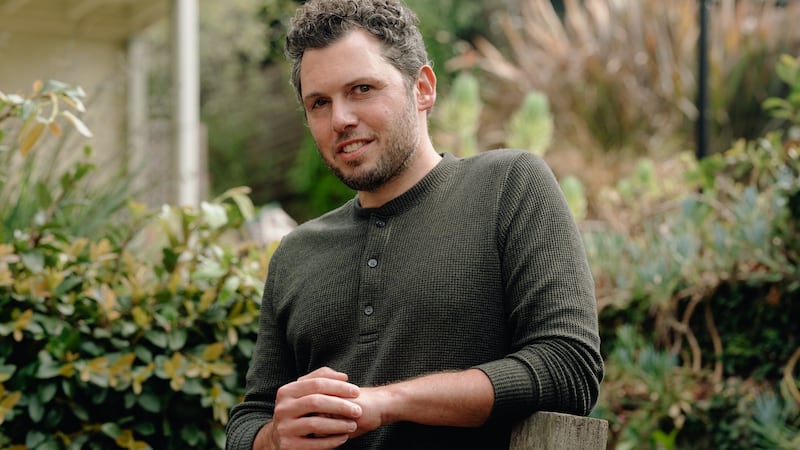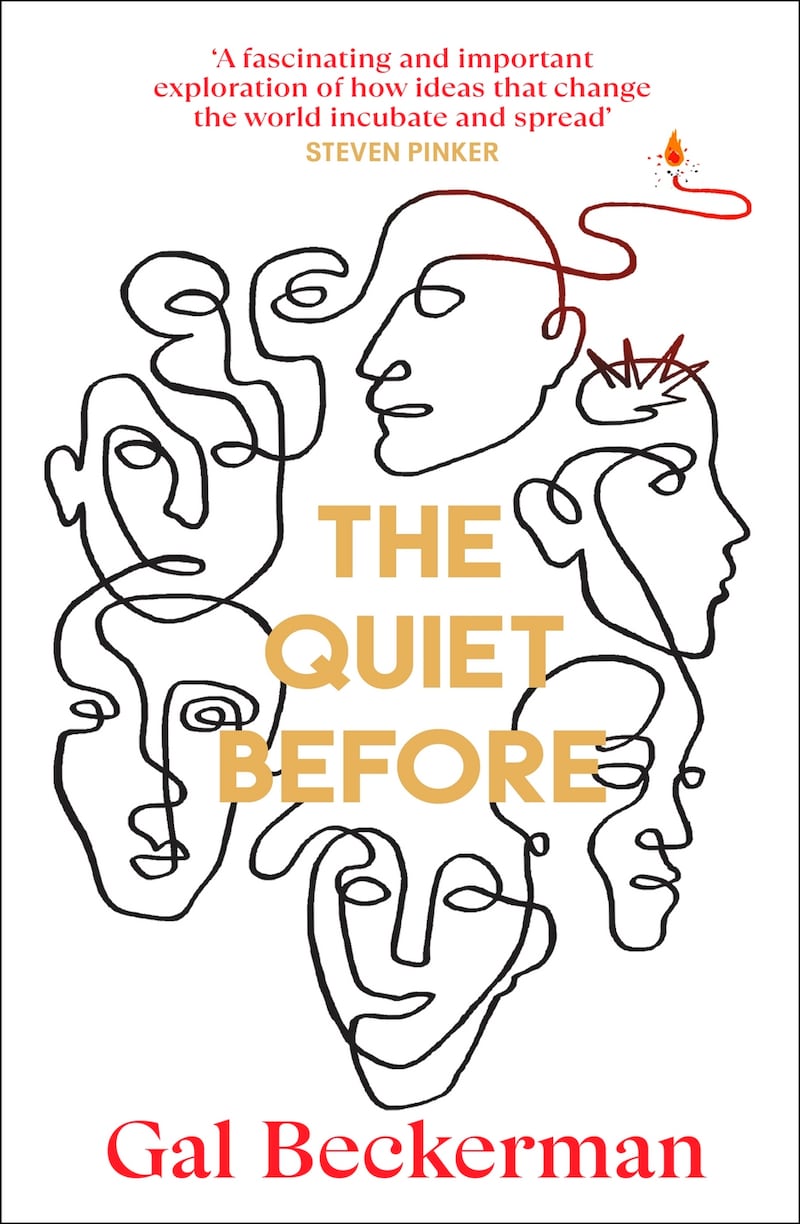There is no shortage of opinion today. We all have our “hot takes” and many of us spend long hours trying to promote them on social media. Yet for all that energy there is a surprising lack of curiosity about the science of persuasion.
Gal Beckerman takes an important step towards filling that gap in his new book The Quiet Before. Asking why some promising ideas take root while others never bear fruit, Beckerman examines both historical and contemporary causes – from universal franchise to Black Lives Matter – to try to identify common ingredients of success.
Platforms like Twitter “only allow ideas to flare and return to the darkness”, he observes. Just why this is so becomes clear when one looks to the past. Beckerman, a senior editor at The Atlantic, previously produced an award-winning study of the rescue of Jews from Soviet persecution. It was through that research he came across the concept of samizdat (from the Russian for “self-publishing”), a form of dissident activity whereby censored publications were reproduced through an underground network.
This kind of secretive, hand-to-hand exchange of ideas and information has a parallel today in encrypted chat apps like Signal and Telegram, platforms of choice in the current propaganda war on Ukraine. While Volodymyr Zelenskiy has used Telegram to try to speak directly to pro-democracy activists in both Ukraine and Russia, the platform has also been used to spread disinformation: a fake Telegram message was posted earlier this month claiming to be a surrender order from the Ukrainian president.
Such platforms “are not as private as people image them to be” but, for pro-democracy campaigners, they are “helpful and, in some ways hark back to what samizdat represented”, says Beckerman.
His core argument in the book is that we give too much credit to the noisiest opinions. If ideas take root it is generally because quieter, more determined voices are acting in consort. One of the examples he cites is the chartist movement of the mid-19th century, a national protest movement in Britain for the extension of voting rights. While led by the charismatic Cork man Feargus O’Connor, its success was dependant on ordinary working men gathering signatures on a monster petition. Such activism carried a degree of risk – O’Connor was jailed for a time – and this highlights another condition for the successful spread of ideas. Beckerman explains further, as this week’s Unthinkable guest.

Your book suggests that for ideas to spread you need the right kind of forum but also the right sort of people: people with character and courage. Is that a fair summary?
Gal Beckerman: “I think courage, and also just doing the work. The features of social media have kind of infected our way of thinking about how ideas spread because we imagine it’s just a matter of phrasing something right, or getting a hashtag to go viral, and it will go out into the world and change the world. In fact what history teaches us is that it’s always hard work.
“You need to put in the time, energy and resources. Not only because an important component is literally getting the idea out there but the hard work also makes you more committed. It creates a situation where people feel a sense of solidarity and identity to a cause.
“If you take the chartist example, that was hard work getting people to sign those petitions. Every group had to co-ordinate among themselves, go door to door, sneak on to factory floors . . . All of that activity, putting in the time, really made them so committed that being a chartist became part of their identity . . . that, yes, they were even willing to die for.”
Debate on Twitter tends to be very divisive. Should activists avoid that platform if they want meaningful change?
“I don’t want people to emerge from this book and think social media is just bad and evil; that is not what I’m trying to say. Social media is a tool, and it’s actually a really important tool for activists who want to get their message out but it is a bullhorn, and a bullhorn is a very particular type of tool. When we over-rely on that bullhorn that is when the problems begin because it can give you the illusion that you are making changes just because you are making a lot of noise.
“The reality is that almost always that noise has to come along with another mode – a quieter mode where you’re going out and you’re actually doing the concrete things out in the world: organising, changing laws, convincing people one by one.”
What platform would be better to use if you’re an activist trying to advance a cause?
“Generally speaking, there has to be awareness of the design of a platform. We know the incentive structure of Twitter: it wants you to have a simple, provocative, emotionally-punchy, attention-grabbing statement or declaration. What you want to look for is a medium that allows for conversation and is not so performative.
“If you think of modes of communication where you have a bit more privacy – maybe there’s a moderator making sure things are productive inside the group – and if you take away the like button, or upvote, the feature that makes it performative, you immediately see something different.
“I have it in a negative example in the book – a chapter on the white supremacists who are building up to the rally in Charlottesville – and they have this small little group, a private room on a platform called Discord which was created for gamers but they sort of took advantage of it. And it was perfect for them because it gave them some privacy and they decided who to let in, and it gave them some focus, but it doesn’t have a like button. It doesn’t have a feature that would make you want to say things to turn everyone in your direction.
“Instead, if you’re a participant on a Discord chat room, what you want to say is the thing to keep the conversation going. You’re inclined to say: ‘Oh that’s an interesting idea, what about this?’ It wasn’t that polite but there was some dynamic where they would just want to build on one anther’s ideas because that was the incentive.
“What I’m proposing is that we . . . be self-conscious about what we’re using. If you have a DM group with a few people; if you have an email chain where a conversation is going back and forth, almost like letters, with people; or if you have something like Discord, or Telegram or Signal, where you can have some privacy and set certain topics; all that is a great corollary to have with the bullhorn.”
Is there a problem in western society that we don’t really value those quieter, more private conversations? Even confidential WhatsApp groups seem fair game for exposure.
“I think you’re right, that is a problem; everything feeds into this wider performative aspect to things online. You feel even in the smaller groups you have to be careful because you don’t know if something is going to be screenshot and taken out of context. But I think that goes to my bigger point, which is we need to think about how to create those spaces.
“The other connected feeling I have is that we often associate those spaces with the most nefarious, terrible, reactionary forces in society. If people are huddled in a corner trying not to be heard they must be child pornographers or Isis recruiters, and they could be but they could also be young people trying to think up new ideas for how to combat climate change or people trying to understand how to reform police in their city.
“I’m arguing in this book against imagining that that value of seclusion only applies to the anti-social forces in society, and wanting people to think about how they can work towards the pro-social ones because history does point in that direction. We need these tables for people to sit around. We need these quiet spaces, these cafes, and since we are now in a virtual world we have to find a way to create them.”
The Quiet Before by Gal Beckerman is published by Bantam Press (£20 hardback)












